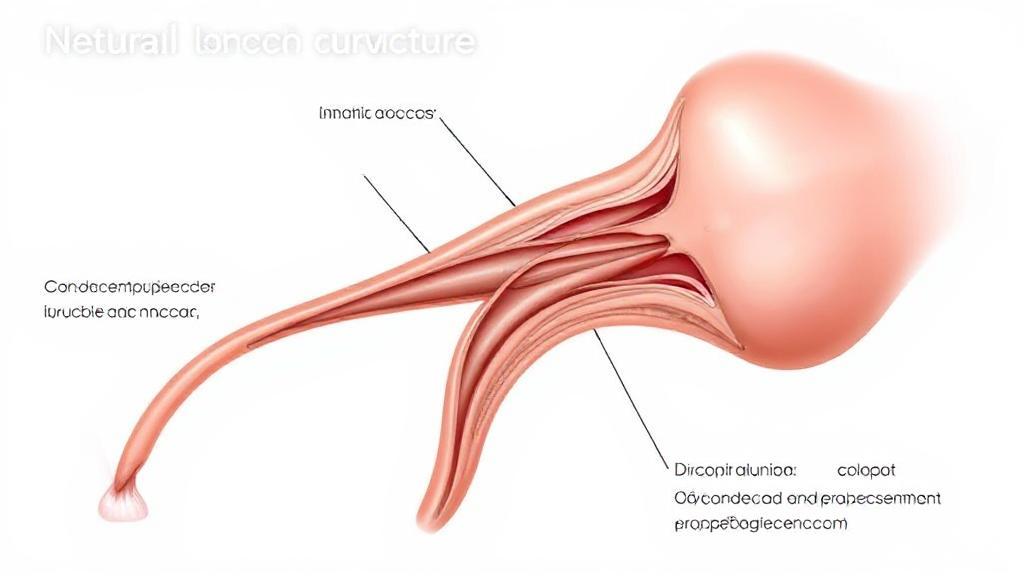Introduction
The human body exhibits natural variations, and penile curvature is one such variation that affects many men worldwide. While some degree of curvature is entirely normal, understanding its causes, implications, and treatment options is crucial for addressing concerns and maintaining sexual health.
Natural Development and Normal Variation
Most penises have some degree of curvature, which typically develops during puberty. This natural variation can occur in any direction - upward, downward, or to either side, resulting from:
- Genetic factors
- Developmental patterns
- Individual anatomical differences
Common Causes of Penile Curvature
Congenital Curvature
Congenital penile curvature affects approximately 4-10% of males and is present from birth. This condition is typically due to uneven development of the penile tissue during fetal growth and usually doesn't worsen over time.
Peyronie's Disease
"Peyronie's Disease affects approximately 1-13% of men, primarily between the ages of 40 and 70, though it can occur at any age."
This condition is characterized by:
- Development of fibrous scar tissue
- Painful erections
- Difficulty with sexual intercourse
- Progressive worsening of curvature
Additional Risk Factors
- Trauma or injury during sexual activity or sports
- Age (more common in older men)
- Smoking
- Certain diseases, such as Dupuytren's contracture
Implications and Impact
Sexual Function
- Mild curves generally cause no functional issues
- Severe curvature can make intercourse difficult or painful
- May lead to erectile dysfunction in some cases
Psychological Impact
- Can affect self-esteem and confidence
- May cause anxiety about sexual performance
- Potential strain on relationships
- Feelings of embarrassment or shame
Treatment Options
Non-Surgical Treatments
-
Oral medications:
- Vitamin E
- Pentoxifylline
- Potassium amino-benzoate
-
Injectable treatments:
- Collagenase Clostridium histolyticum
- Verapamil
-
Physical therapy and traction devices
Surgical Interventions
For severe cases, surgical options include:
- Plication procedures
- Grafting techniques
- Prosthetic devices
When to Seek Medical Advice
Consult a healthcare provider if:
- The curvature is severe (>30 degrees)
- Pain occurs during erections
- Sexual function is impaired
- The curve develops suddenly or worsens over time
- Psychological distress is present
Prevention and Management
While not all causes are preventable, these measures may help:
- Avoiding traumatic injury during sexual activity
- Treating underlying conditions promptly
- Maintaining good overall health
- Practicing safe sex
- Making lifestyle changes, such as quitting smoking
Conclusion
Most men with mild to moderate curvature lead normal sexual lives without requiring intervention. For those with more severe cases, modern medical treatments offer various effective solutions. Understanding that some degree of curvature is normal can help reduce anxiety and promote better sexual health awareness.
For more information, visit resources like the American Urological Association, Mayo Clinic, or Urology Care Foundation websites.
